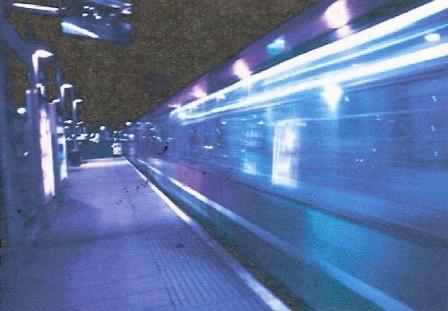

Printable PDF version
Subscribe to our newsletter
Cost Management
Heavy and Light Rail
TBD Bid Index
Windows Vista is Here!
Construction
Management Specialists
111 Pine Street, Suite 1315
San Francisco, CA 94111
(415) 981-9430
www.TBDconsultants.com
Cost
Management
Gordon
Beveridge
What is the difference between estimating and cost management? How do the two work together, and where does Value Engineering fit in? Gordon discusses these and other issues in this article.
Heavy and Light Rail Systems - On Track
Geoff
Canham
With city streets becoming ever more choked with vehicles, a more ecological approach has been called is being called for. Consequently, rail transit systems are starting to reshape many of our cities and reaching out into adjacent communities, and new commercial and residential developments frequently emerge around new stations.
The difference between heavy rail (metro systems) and light rail is one of philosophy, not technology. Heavy rail systems stem from systems such as the Boston Metro, whereas light rail derives from the trolleys that used to ferry people around our city streets. The two types of rail systems may use virtually identical technology: for instance, Chicago's "L" is one of the oldest metro networks, but the portion of the same network known as the Skokie Swift is considered to be one of the first of the modern light rail systems.

Light rail systems usually run trains of not more than two or three carriages (which may be articulated) and which often have overhead pick-up for the power supply. They also frequently, but not necessarily, utilize city streets for parts or all of their route. They may use elevated structures to support the track, but seldom use tunnels (although some do, such as San Francisco's Muni). Stations are frequently little more than raised platforms or sometimes non-existent except for a sign.
Heavy rail trains usually have four or more carriages (although the above mentioned 'L' sometimes runs two car trains and three car trains are not unknown on BART), and they usually have electrical pick-up from a third rail. The closest they come to running on streets is sometimes having their track on the median strip of a freeway, and in city centers they normally run in tunnels. Stations are normally significant structures.
The costs of such systems can vary dramatically depending on issues such as the length of the system, the type of structure used (surface track, elevated structure, tunnel), type and size of station, etc., but heavy rail systems are likely to be somewhere in the range of 150% to 250% more expensive than a light rail system.
Construction prices continue on their upward surge, but how long is this trend going to continue, and what would we recommend as allowance for future escalation? Click the link below for our review of the current market and the updated TDB Bid Index.
Geoff’s
IT Gems
Windows
Vista is Here!
Microsoft XP has proved to be a very popular operating system, but now Windows Vista has finally arrived. Will the transition be easy or painful? What's new, and what's the same? Geoff has been trying out the beta version of Vista, and you can read his review of the new operating system by clicking the link below.
Design consultant: Katie Levine of Vallance, Inc.